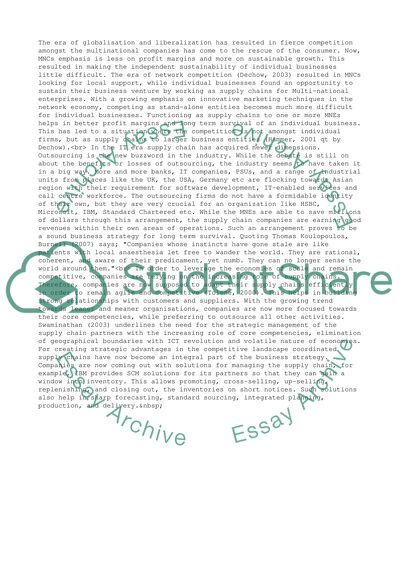Cite this document
(“Business Improvement Essay Example | Topics and Well Written Essays - 2000 words”, n.d.)
Retrieved from https://studentshare.org/business/1500476-business-improvement
Retrieved from https://studentshare.org/business/1500476-business-improvement
(Business Improvement Essay Example | Topics and Well Written Essays - 2000 Words)
https://studentshare.org/business/1500476-business-improvement.
https://studentshare.org/business/1500476-business-improvement.
“Business Improvement Essay Example | Topics and Well Written Essays - 2000 Words”, n.d. https://studentshare.org/business/1500476-business-improvement.


